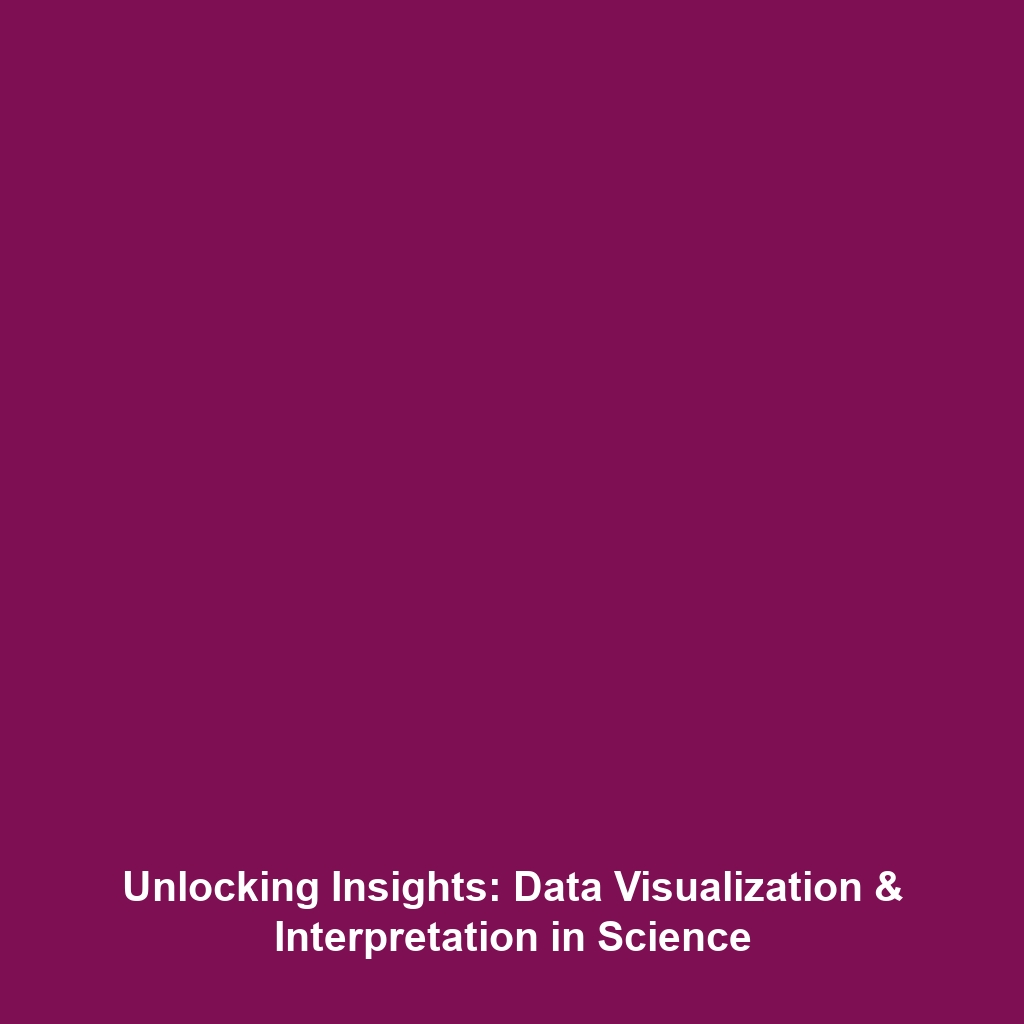Recent Studies and Ongoing Observation Campaigns of Sagittarius A
Sagittarius A is the supermassive black hole located at the center of our galaxy, the Milky Way. Recent studies and ongoing observation campaigns of Sagittarius A have garnered significant attention within the scientific community, as they provide critical insights into black holes and their behavior. Understanding Sagittarius A is crucial not only for astrophysics but also for enhancing our knowledge about galaxy formation and evolution. This article explores the latest findings and future directions in the observation of this enigmatic cosmic entity.
Key Concepts
The study of Sagittarius A touches on several key concepts in astrophysics:
- Supermassive Black Holes: Sagittarius A is classified as a supermassive black hole, containing approximately 4 million solar masses of material.
- Event Horizon: The boundary surrounding a black hole beyond which nothing can escape, which is crucial for understanding how these astronomical phenomena interact with surrounding matter.
- Gravitational Waves: Observations of Sagittarius A may contribute to the detection of gravitational waves, enhancing our understanding of spacetime and general relativity.
Applications and Real-World Uses
Recent studies and ongoing observation campaigns of Sagittarius A have numerous applications in both theoretical and practical realms:
- Understanding Galaxy Formation: How studies of Sagittarius A can help explain the dynamics of other galaxy centers and their evolutions.
- Astrophysical Models: These observations are foundational for developing models that predict black hole behaviors across different environments.
- Public Engagement: High-profile discoveries around Sagittarius A can foster public interest in astrophysics and drive educational initiatives.
Current Challenges
Studying Sagittarius A presents several challenges, including:
- Data Limitations: The sheer distance from Earth complicates the collection of data and requires sophisticated technology.
- Interference from Cosmic Noise: Background radiation and other cosmic phenomena can obscure observations of Sagittarius A.
- Model Validation: Ensuring that theoretical models accurately reflect observational data is an ongoing issue in the field.
Future Research and Innovations
Future research concerning Sagittarius A is poised to incorporate groundbreaking innovations:
- Next-Gen Telescopes: Upcoming technologies such as the Event Horizon Telescope may provide unprecedented clarity in imaging Sagittarius A.
- Advanced Simulations: Improved computational models will help simulate black hole interactions and their effects on surrounding stars and gases.
- AI in Astronomy: Artificial intelligence could play a crucial role in analyzing vast amounts of observational data more efficiently.
Conclusion
The ongoing studies and observation campaigns of Sagittarius A are essential for advancing our understanding of black holes. As research continues to evolve, the implications of these findings could reshape our knowledge of the universe. For further reading on related topics, explore our articles on galaxy formation and gravitational waves. Engaging with ongoing discoveries in the field can enhance our appreciation of the cosmos.


